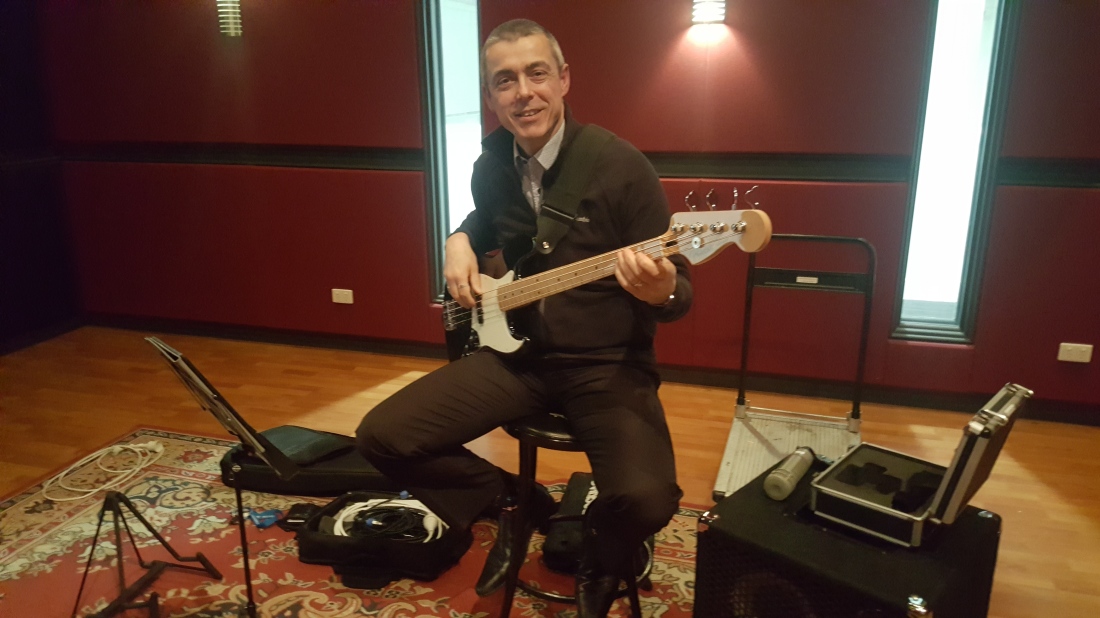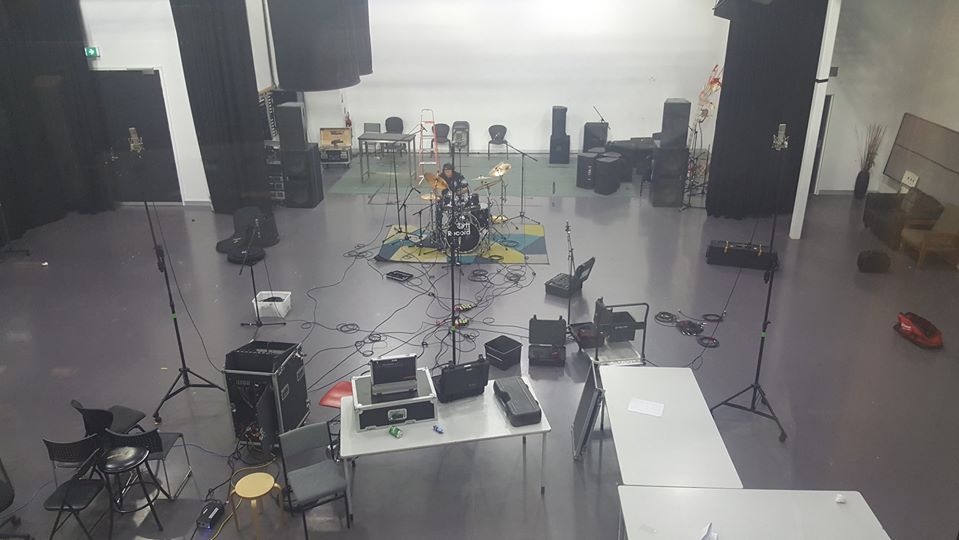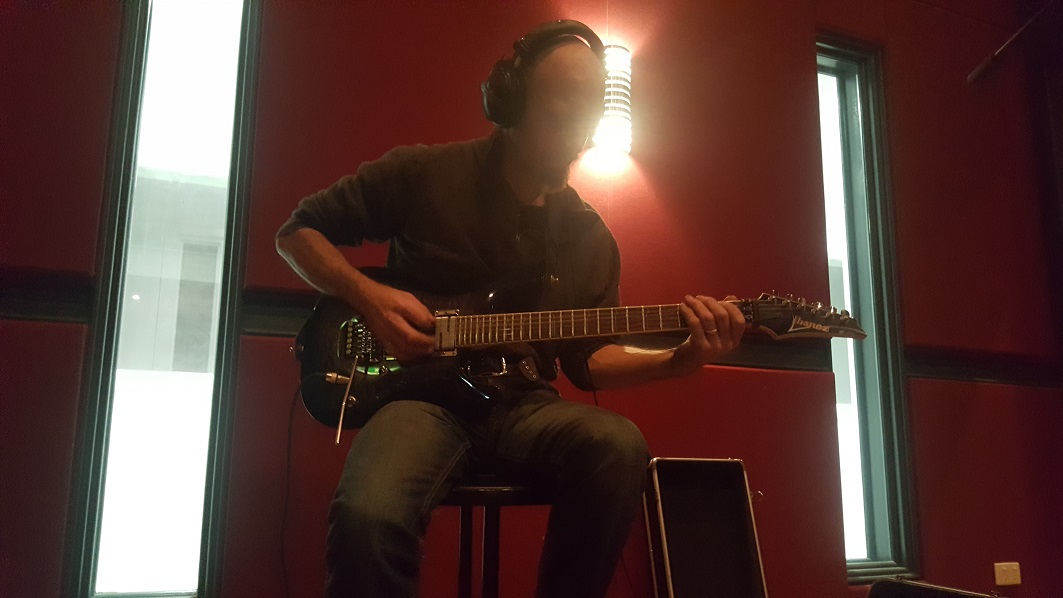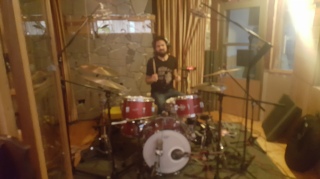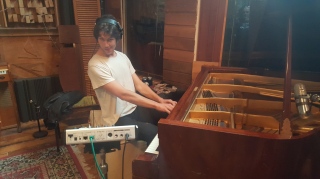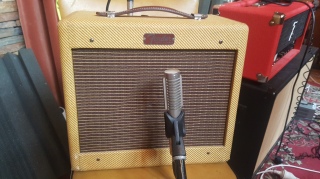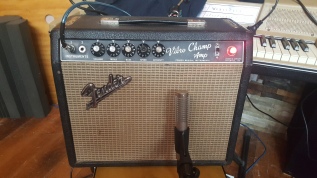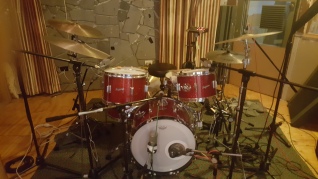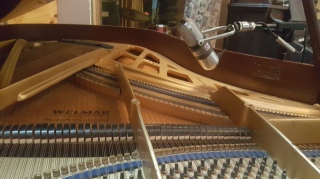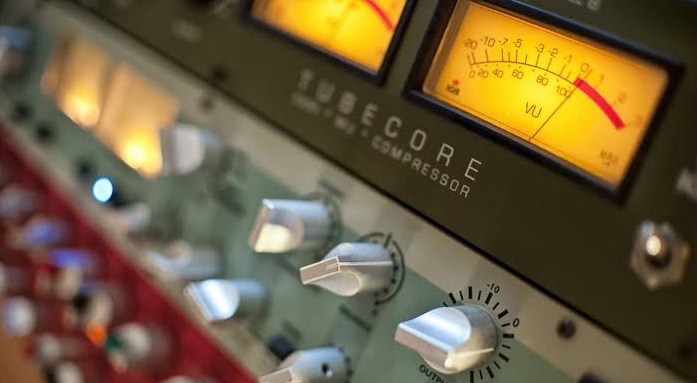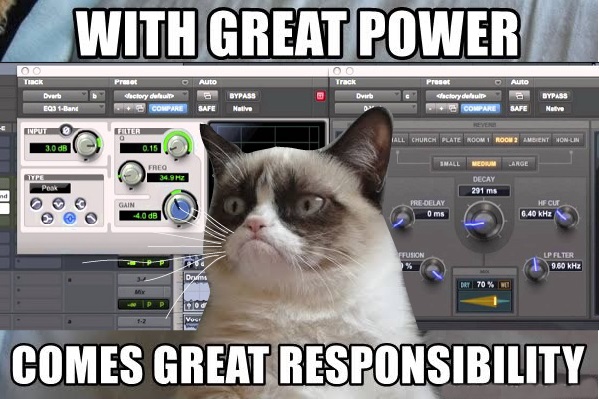
Gaby Kapps (Maria Gabrielle Cappelletti) writes a lovely opening description on her Soundcloud page:
“Hi there. Music is my passion, my link to breathing. It has pulled me out of some very tight situations and given me meaning and freedom from our grey reality. It sustains and nourishes my soul. I crave for music all of the time. I love teaching it, love singing it, love playing it. I love to compose, to write songs. All the rest you can discover in my creations.”
As Gaby says, after listening to her passionate music, you will discover a lot about Gaby.
Gaby has a website that let’s you explore her music, videos and news. It’s well worth the visit.
When asked about her inspiration, Gaby replied:
“I am inspired by multiple factors, not just one or two. I consider myself something of a visionary, therefore ideas and imagination make a great impression on my mindset. I am highly inspired by the dynamics of nature for example, waves ,wind or light. I am also awestruck by the universe, which often provides me with ideas for inspiration. But I also follow my emotions, and through improvisation on the piano, I give life to those emotions, finding the best way to channel what I feel. Being very vocally driven, I often invent melodies in my mind, and try to set them to scores. “
Gaby shared her thoughts on musical influences:
“I do not have any main influences, because I have drawn lessons from all composers and all eras of music. I firmly believe that every composer has something to share with me, a particularly beautiful moment in his/her creations which have touched me and taught me something.”
But Gaby does concede she also draws influence from literature, poetry and visual art.
Gaby has received airplay on WRPB 103.3 FM Classical Discoveries by Marvin Rosen, Clasica Sin Etiqueta (Argentina) and Melbourne Classical Radio (Australia).
When quizzed on the importance of improvisation, Gaby answered:
“I think any composer improvises. The instinctive invention of new music is manifested through this means, where musical thought is automatically transmitted to the keyboard or any other instrument. It is also an extremely physical act, the body as the interface between the creative thrust and the musical instrument. I know that I often sit myself at the piano and try to see what comes of what I play.”
Some of Gaby’s music is available in sheet music form. A number of her compositions have been published through Donemus Publishing Company of Holland. Here is the link:
https://webshop.donemus.nl/action/front/composer/Kapps%2C+Gaby
Summing up Gaby’s thoughts on her music:
“I can only add that my wish is that people listen to my music willingly, because they truly appreciate it. Music is art, a beautiful element in our lives and it is there to make our daily lives a better place to be.”
The 2 songs featured on the Soundcloud Top 20 solo piano playlist are:
Brano 01 A BRIEF NOCTURNE(2) for piano solo
This piece has a constant left hand arpeggio, that sets a somewhat dark mood, but with constant shifting right hand chords and melody, evokes some optimism and lyrical movement. Really well performed!
A NOSTALGIC WALTZ
Lovely ¾ waltz time, that has light, airy sections that descend into darker contrasts here and there. Lovely interplay between the two chapters. Lovely strength leading into the softest of touches. This is a great tune to sample Gaby’s talent.
Gaby’s own thoughts on these tunes are:
“I think a piece of music ought to stand on its own feet and communicate what the composer has conceived. But I cannot but repeat what I said regarding my inspirations. I am moved by nature, poetry, literature and even science. My pieces are reflections of all this. They are an extension of who I am and what impassions me. What I love. “
To listen to the complete Soundcloud Top 20 Piano Solo Playlist, click the link below:



